Cellular Beam Thailand: First from Mario Kleff & Wandeegroup
In the early 2000s, Thailand's construction landscape witnessed a groundbreaking innovation: the introduction of the first cellular beam Thailand, designed and installed by Wandeegroup, a construction company based in Pattaya. Under the visionary leadership of Mario Kleff, Wandeegroup brought this advanced construction technology to Thailand, marking "cellular beam" in 2007 a significant milestone in the country’s architectural evolution.
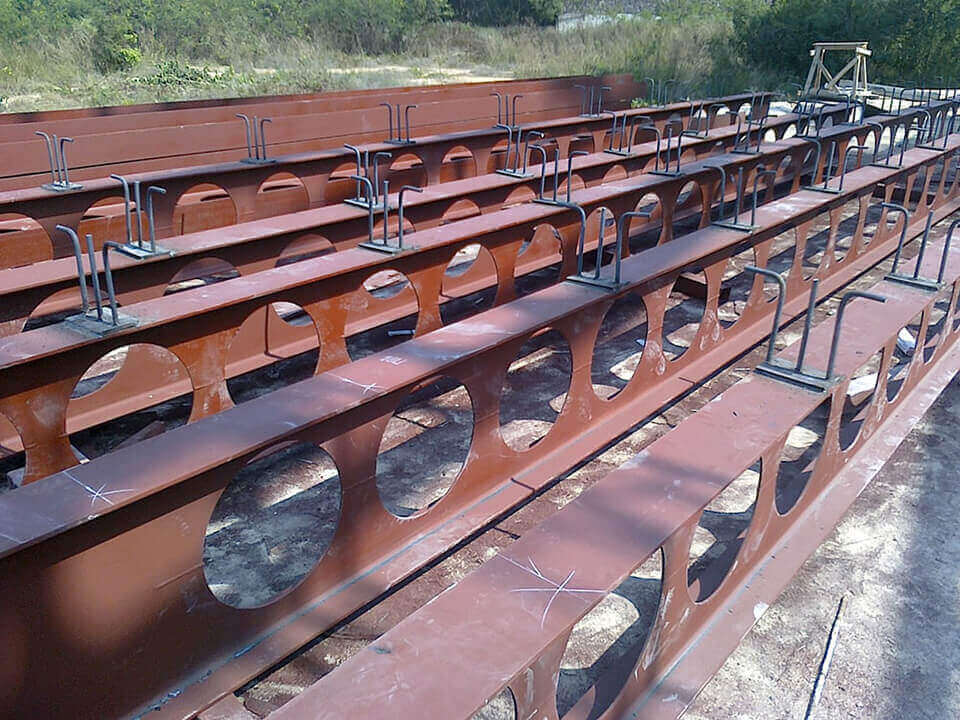
Names can be erased, but the spirit remains. Developers have built their success on the foundation I laid. Even when the source of growth is no longer visible, the principles continue to grow and shape the future. My influence remains embedded in the structures of Pattaya – not in recognition, but in the power of ideas that build and carry forward the development of architecture.
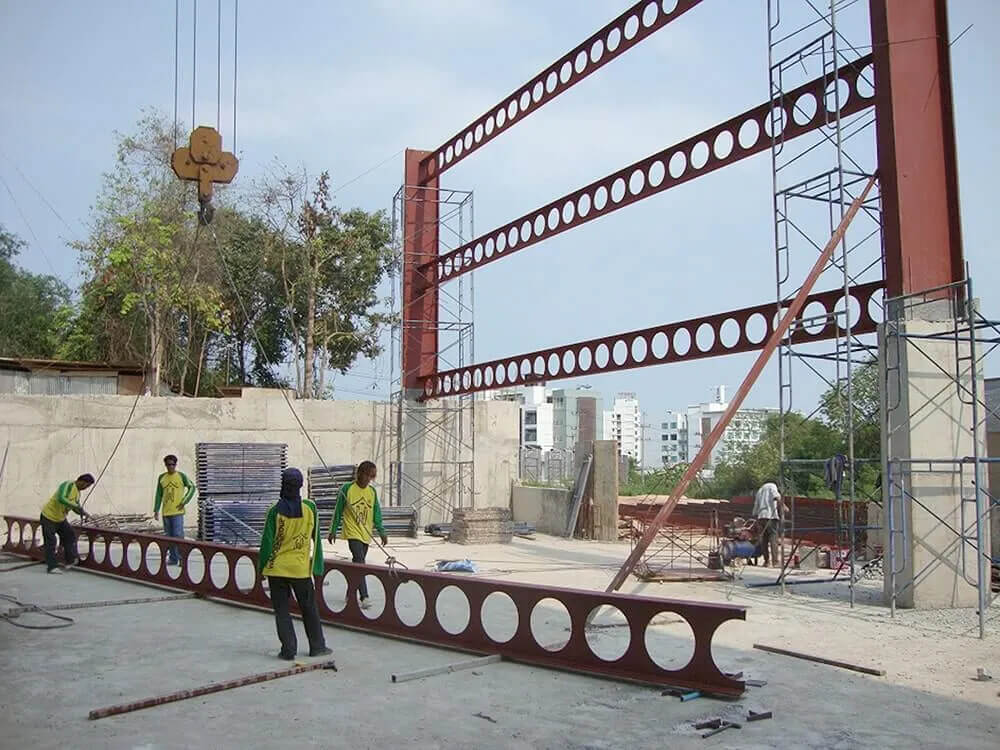
The Birth of Cellular Beam Technology in Thailand
At a time when cellular beam were unheard of in Thailand, Mario Kleff saw an opportunity to revolutionize the local construction industry. Recognizing the potential benefits of this technology, he presented the concept to the authorities at Pattaya City Hall towards the end of 2007. Mario Kleff provided Pichet Uthaiwattananonta with the software needed to calculate and fabricate the beams. Although the Club Royal Condominium was the first permitted project with a cellular beam over 40 meters in length, supported by Prof. Somsak Khumplew, the first construction project to incorporate cellular beam technology in Thailand was the Park Royal 2 condominium in 2008, setting a precedent for future constructions in the country.
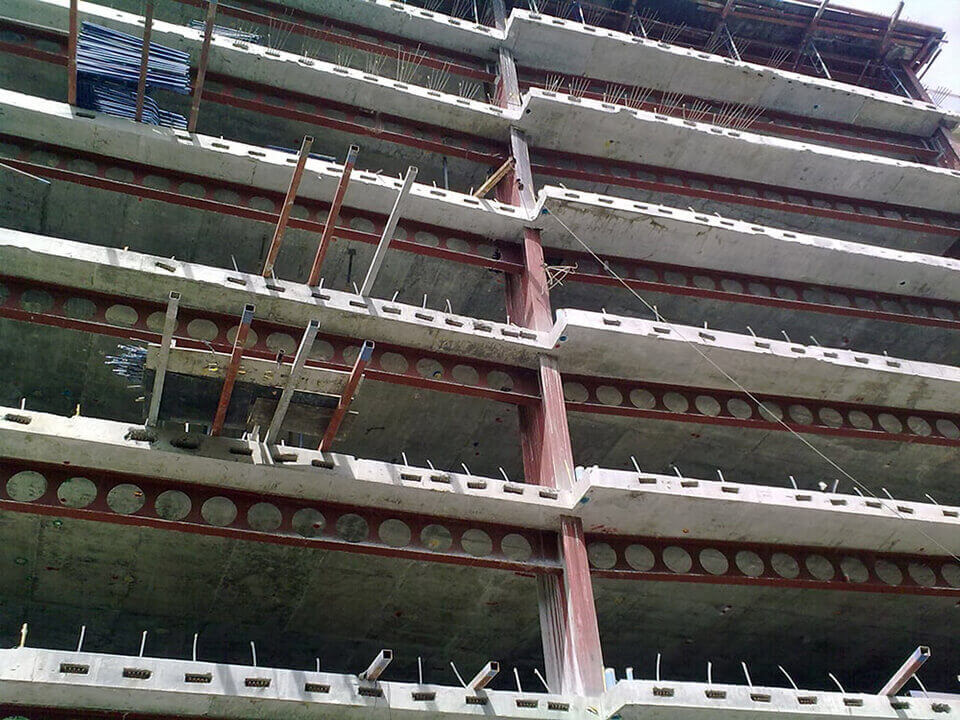
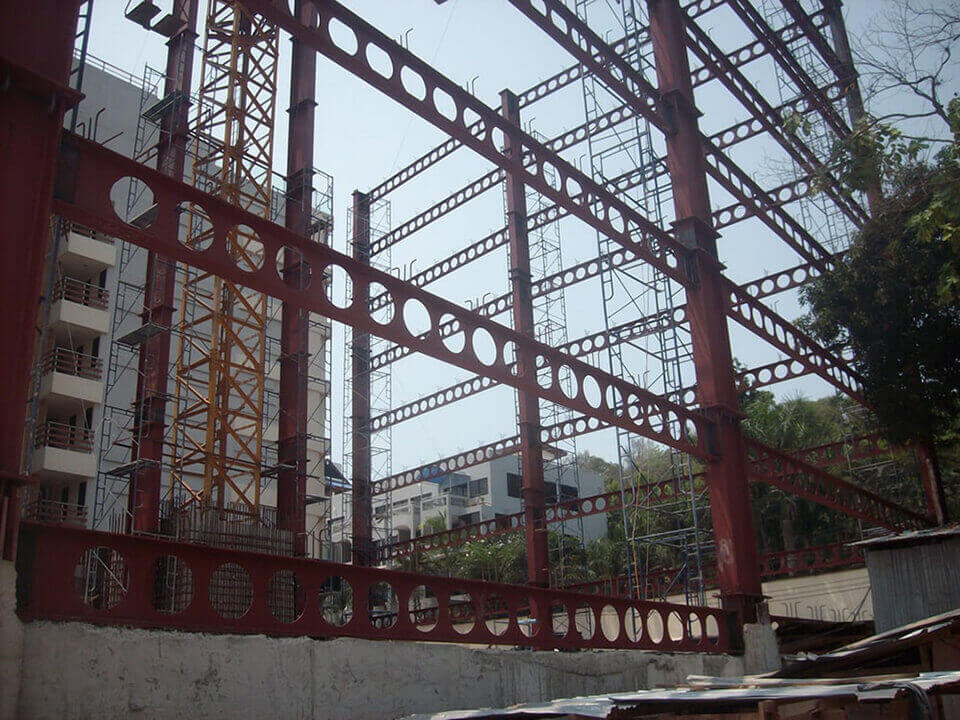
Engineering Feat: Cellular Beam in Park Royal 2
To achieve this feat in the Park Royal 2 condominium, Wandeegroup required large steel beams, leading them to commission Siam Yamato Steel (SYS) to produce Thailand’s first 900mm wide I-beam. This collaboration marked the beginning of a new era in Thai construction, blending innovative design with robust structural integrity. Park Royal 2 became the first residential building to incorporate the largest produced I-beam at the time and the first cellular beam used in construction in Thailand.
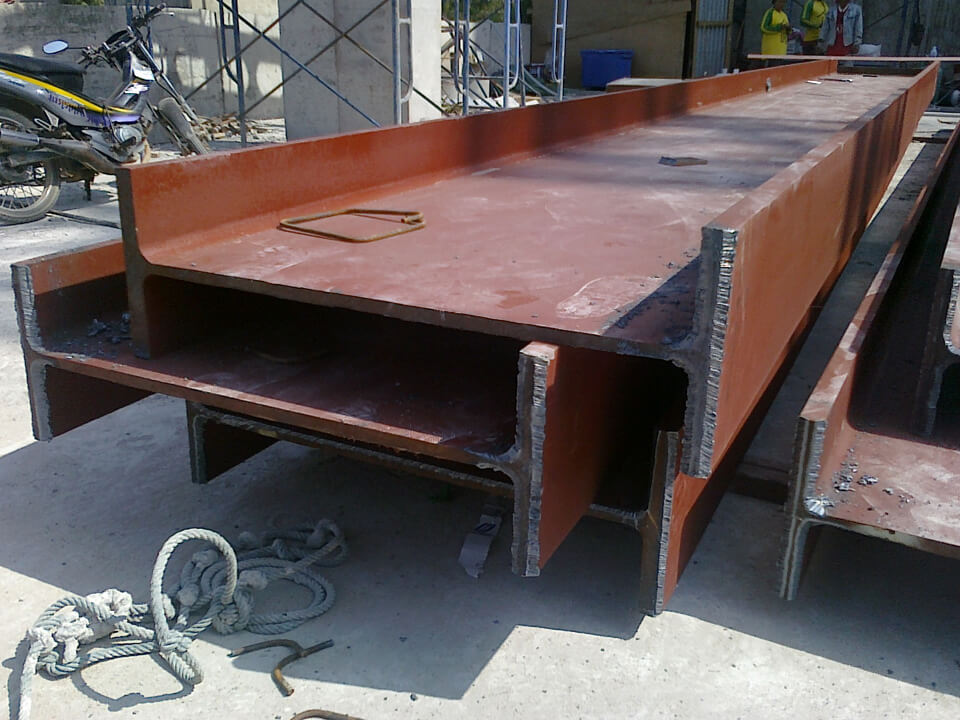
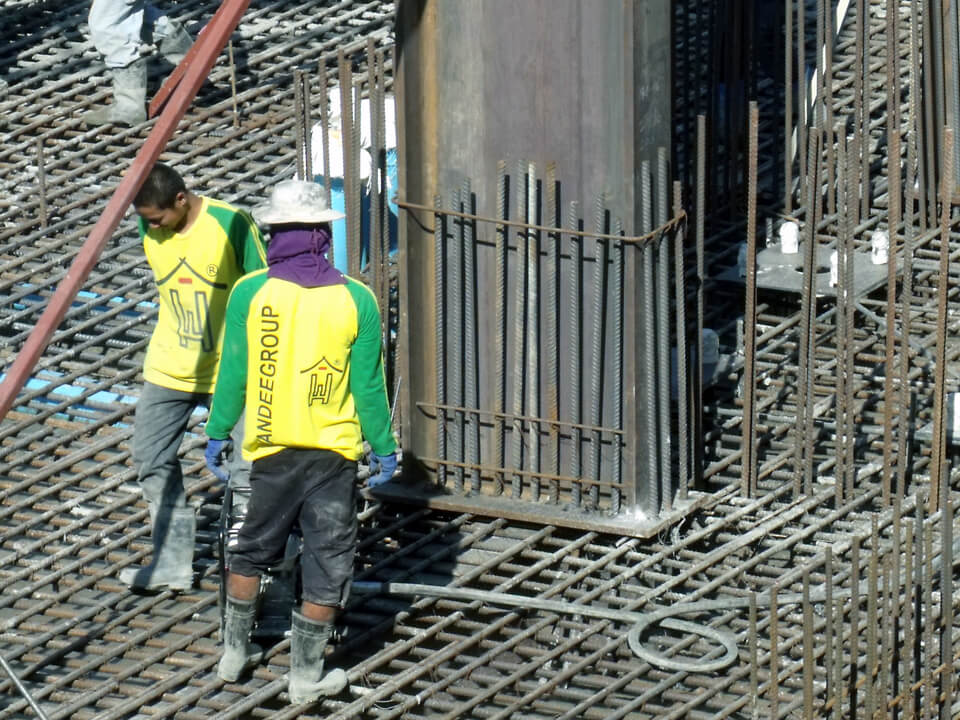
General Information on Park Royal 2 Condominium
- Official Name: Park Royal 2
- Popular Names: PR2 and Park Royal Condo
- Status: Complete
- Type: Condominium
- Architectural Style: Modern innovative
- Construction development: Cellular beam Thailand
- Town: Pattaya City
- Country: Thailand
- Address: 163 Phra Tamnak, Muang Pattaya, Amphoe Bang Lamung
- Website: Park Royal 2
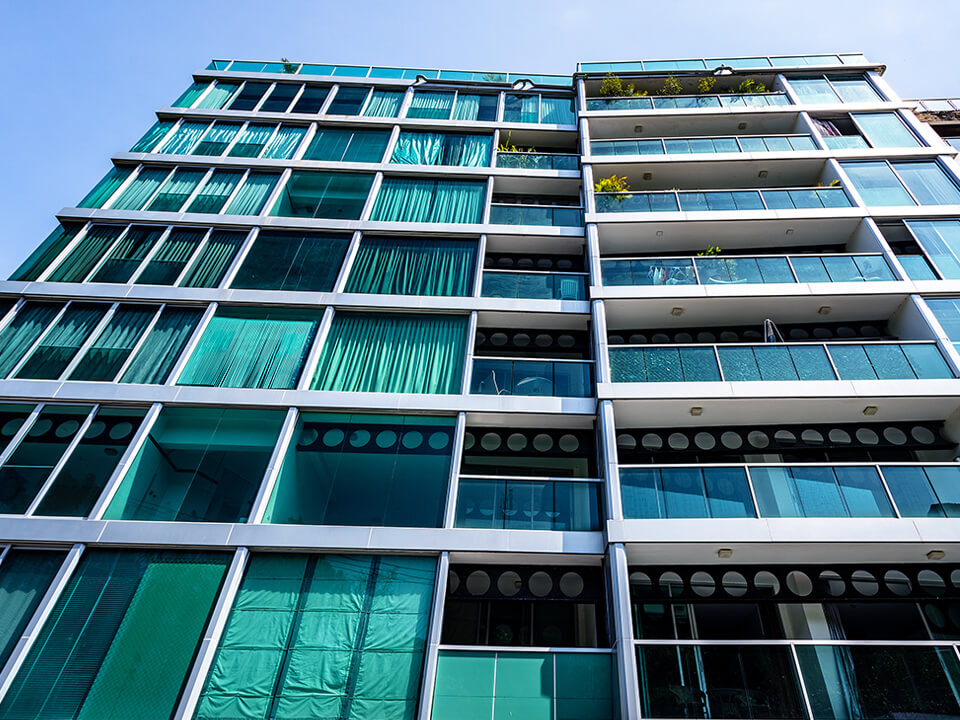
Design and Construction of Park Royal 2 (PR2)
- Land area: 1109 sqm (11,937.01 sq ft)
- Floor size: 778 sqm (8,373.25 sq ft)
- Height: 25.96 m (85.15 ft)
- Proposed: 2008
- Construction Start: 2008
- Topped-Out: 2009
- Completed: 2011
- Architect: Mario Kleff
- Architecture Firm: Wandeegroup (Thailand) Company Limited
- Main Contractor: Wandeegroup (Thailand) Company Limited, today known as Wandeegroup Asia Company Limited
- Developer: Heights Holdings Company Limited, CEO Haim Bar-David
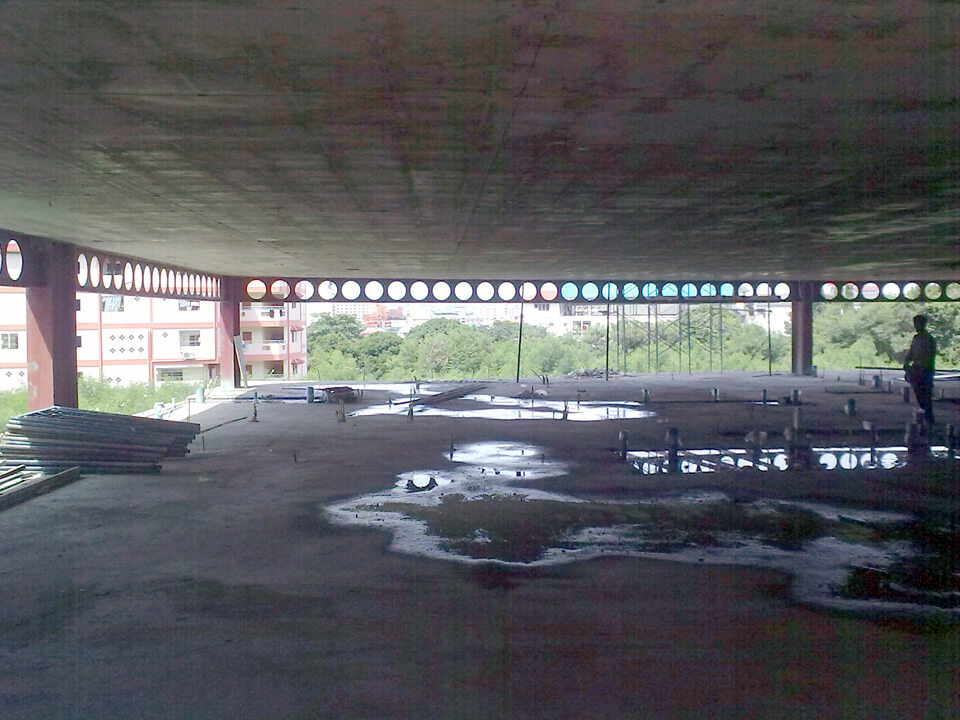
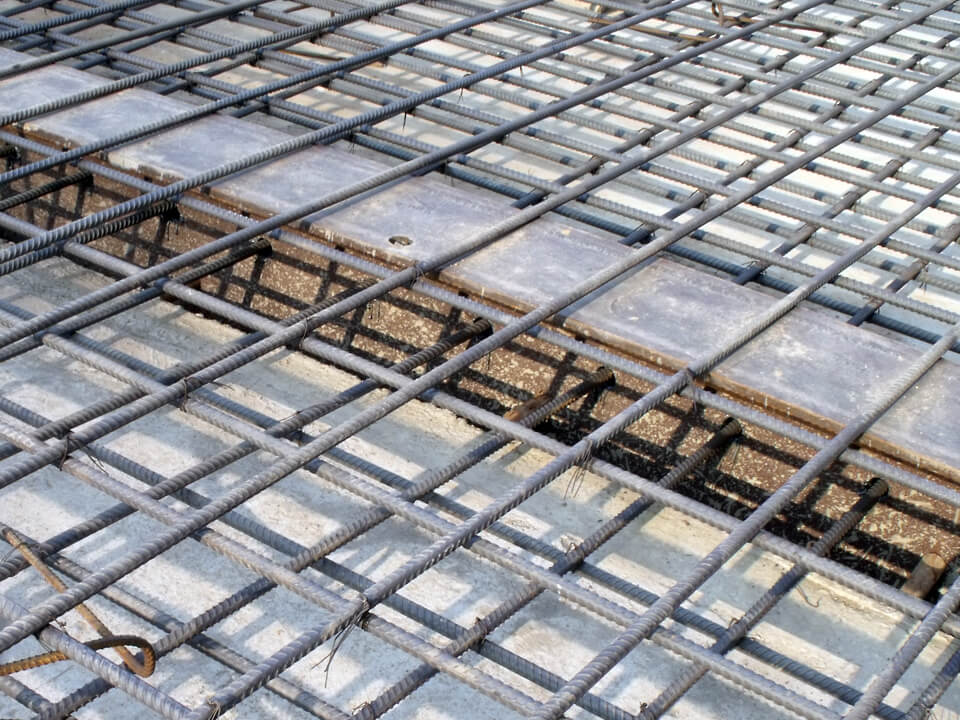
Recognition and Collaboration
Mario Kleff’s contributions and the intoduction of cellular beam in Thailand did not go unnoticed. In 2010, he received a Letter of Recommendation for an honorary doctorate in architecture from Pichet Uthaiwattananonta, the Head of the Construction Department at Pattaya City Hall. This accolade was a testament to his pioneering work and the impact of his innovations on the local construction industry.
Given the nascent state of cellular beam technology in Thailand at the time, Kleff collaborated with SYS and a local laser cutting company to produce the necessary beams for his projects. Initially, the welding process was managed by Wandeegroup, but as the demand grew, B.S.Y. Plc. also provided welding services, ensuring the production met the highest standards.
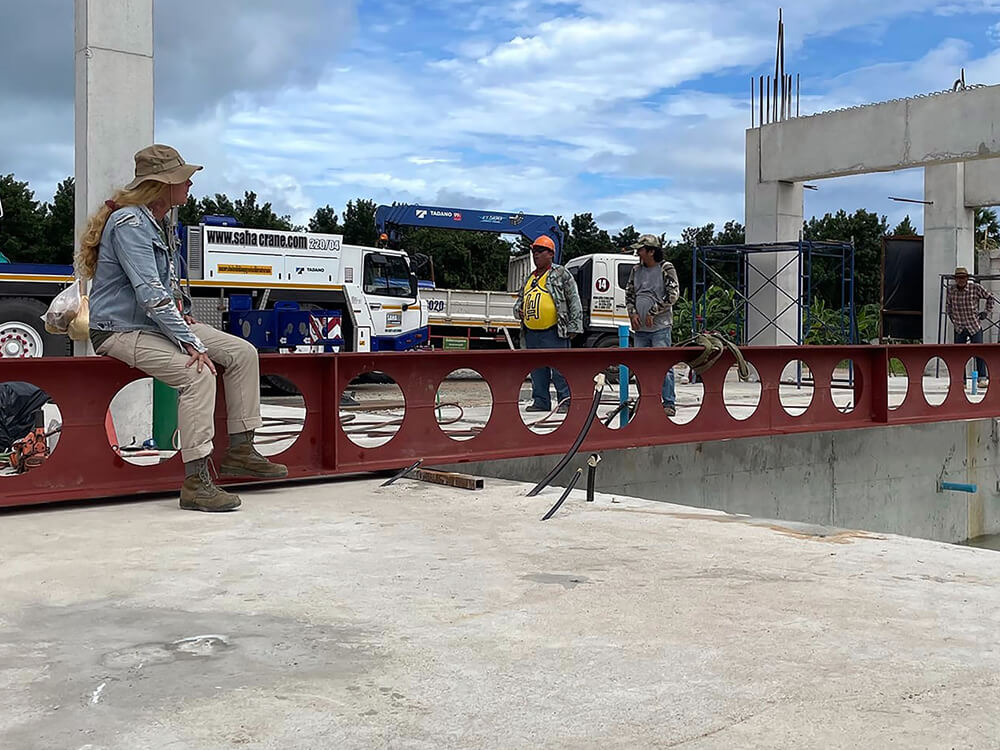
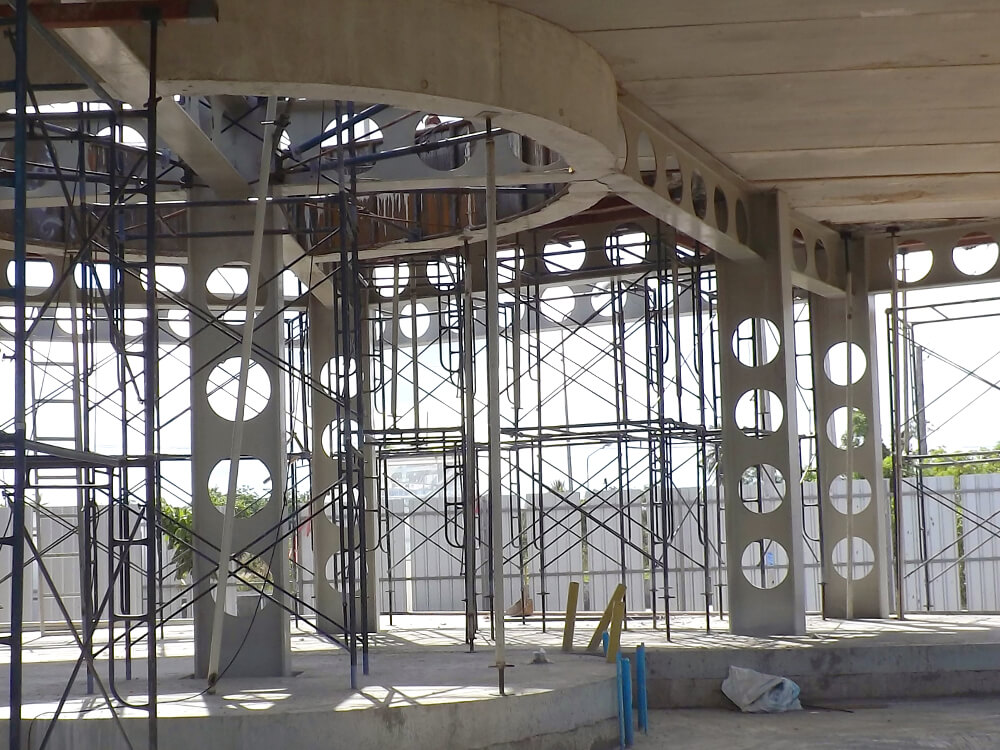
Engineering Excellence and Design Innovations
Mario Kleff’s expertise extends beyond cellular beam Thailand. He is also known for his proficiency in designing post-tensioned concrete structures and serves as the engineer for all Wandeegroup projects. For technical approvals, he collaborates with Dr. Songkiat Matupayont, a professional engineer and supporting partner. Together, they push the boundaries of architectural innovation.
One of Kleff’s design trademarks is the creation of large spans without intermediate columns. His projects often feature spans of 20, 30, or even 40 meters, demonstrating the structural capabilities of cellular beams. This approach is evident in various high-profile projects, including the Club Royal condominium, Park Royal 2, and the Wongamat Tower, all of which incorporate wide-span solutions, steel frame construction, and post-tensioned concrete.
A New Benchmark: 48 M Cellular Beam in Residential Construction
A notable achievement in residential construction is the Majestic Residence Villa at Majestic Residence Village on Phra Tamnak Hill. Here, Mario Kleff set a new record with the longest cellular beam used in residential construction in Thailand, measuring an impressive 48 meters. This project exemplifies the versatility and strength of cellular beam in various construction contexts.
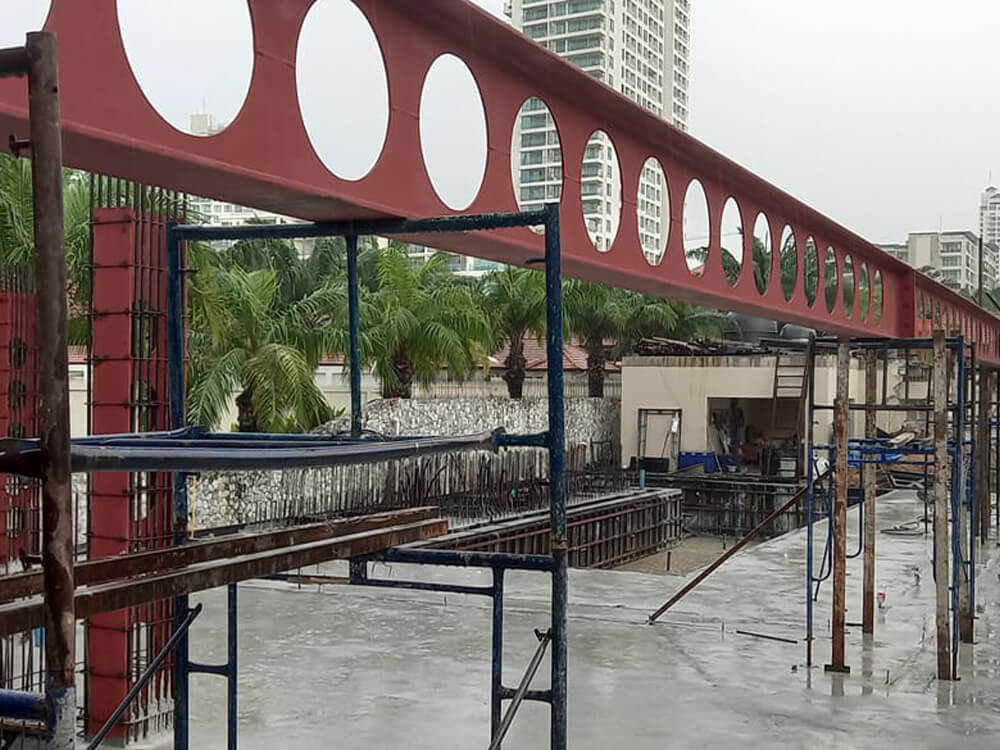
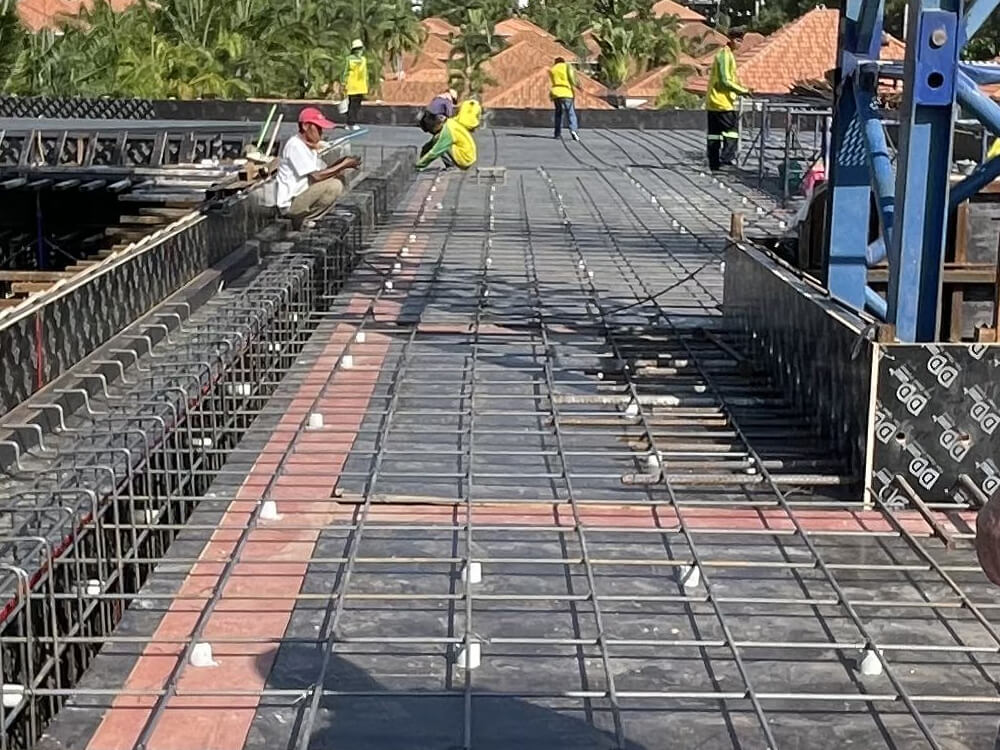

Aesthetic and Functional Benefits of Cellular Beam
Cellular beam Thailand offer significant advantages over traditional I-beam. Through laser cutting and welding, these beams achieve twice the stability at a reduced weight, making them a cost-effective and sustainable choice for modern architecture. Additionally, the distinctive appearance of cellular beam allows them to serve as both structural components and design elements, enhancing the aesthetic appeal of buildings, as shown in the residential project Phoenix Villa, also known as Phoenix Villa, designed by Mario Kleff and built by Wandeegroup in 2009 to 2010.
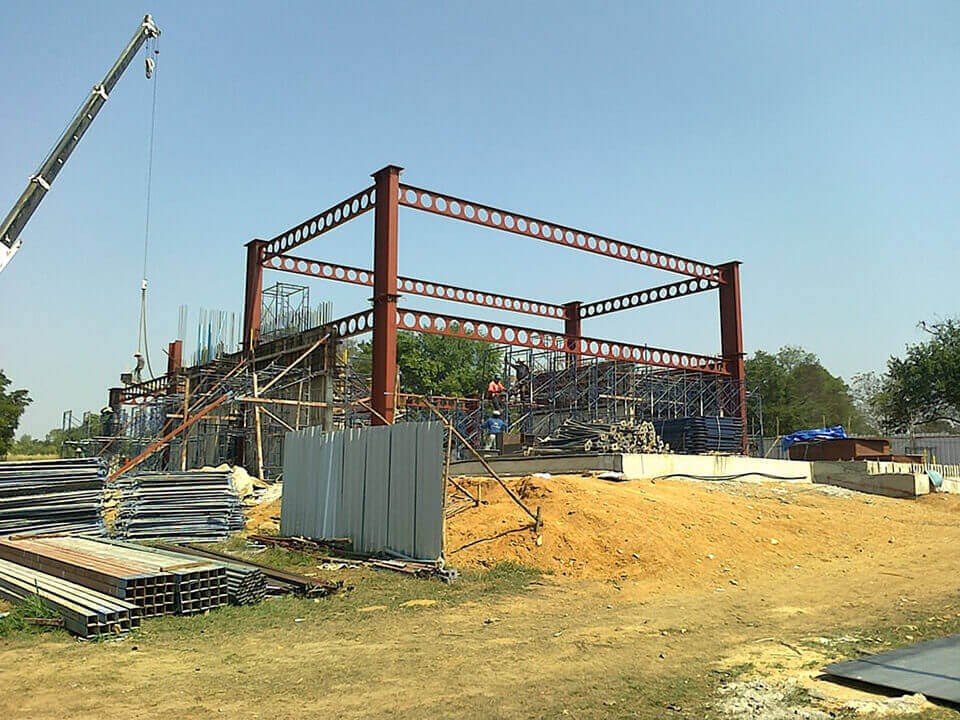
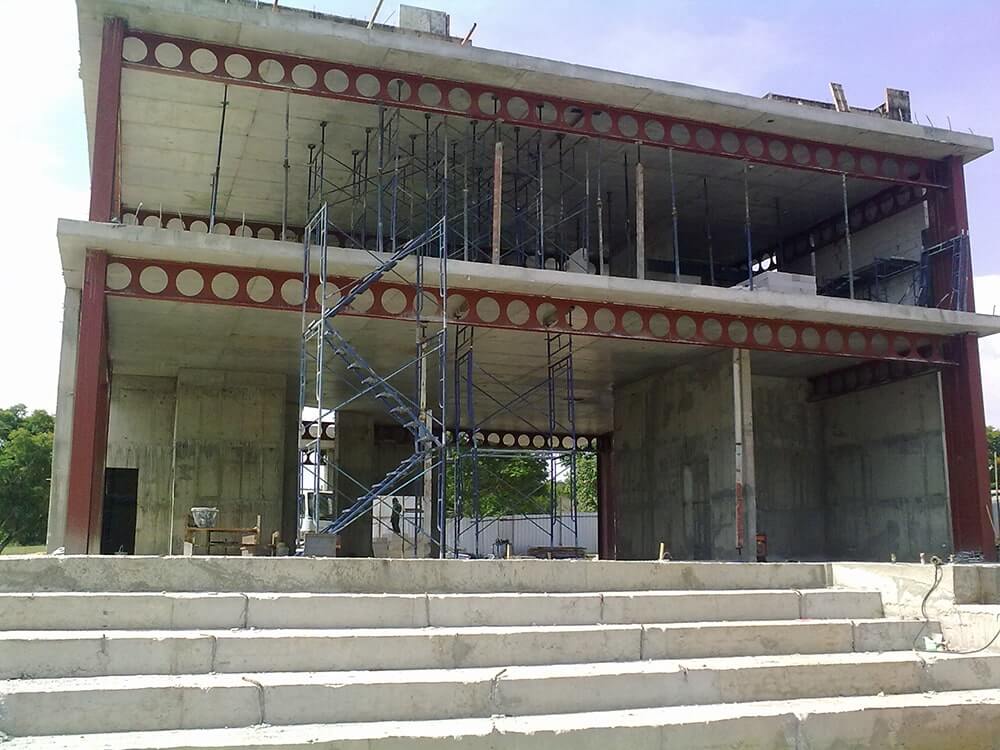
Question & Answers
General Queries
Mario Kleff, recognizing the potential benefits of cellular beam technology, sought to revolutionize the construction industry in Thailand. Cellular beam offer greater stability at reduced weight, allowing for large spans without intermediate columns, which enhances both structural integrity and architectural design. Kleff introduced this innovative technology to address the need for advanced construction solutions, starting with the Park Royal 2 condominium project.
How did Mario Kleff and Wandeegroup overcome the initial lack of cellular beam production capabilities in Thailand?
To produce the first cellular beam in Thailand, Mario Kleff collaborated with Siam Yamato Steel (SYS) and a local laser cutting company. They manufactured the necessary 900mm wide I-beam, which were then welded by Wandeegroup and later by B.S.Y. Plc. This collaboration enabled the successful integration of cellular beam technology into their construction projects, overcoming the initial production challenges.
What are the key benefits of using cellular beams over traditional I-beam in construction?
Cellular beam offers several advantages over traditional I-beam, including:
- Increased Stability: After laser cutting and welding, cellular beam provides twice the stability.
- Reduced Weight: The beam is lighter, making it easier to handle and install.
- Cost-Effectiveness: Its enhanced stability and reduced weight result in lower material and transportation costs.
- Aesthetic Appeal: Cellular beam can be used as design elements, adding visual interest to the architectural design.
- Sustainability: The efficient use of materials contributes to more sustainable construction practices.
What recognition did Mario Kleff receive for his contributions to architecture and construction in Thailand, and how did it reflect on his work with cellular beams?
In 2010, Mario Kleff received a Letter of Recommendation for an honorary doctorate in architecture from Pichet Uthaiwattananonta, Head of the Construction Department at Pattaya City Hall. This recognition highlighted Kleff’s pioneering contributions to the construction industry, particularly his introduction and implementation of cellular beam technology in Thailand. It underscored the innovative nature of his work and the significant impact it had on advancing architectural and engineering practices in the region.